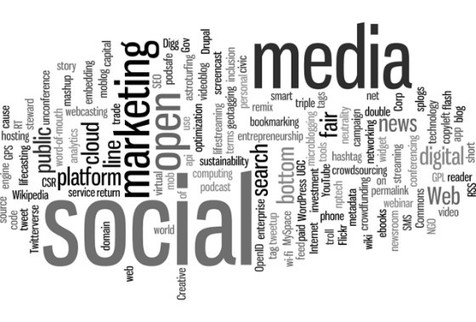A business produces a product or provides a service. Upon those two “outputs” is built every business on earth. Utilizing People, Processes, and Information, an entrepreneur can design a business which takes the inputs of capital, time, resources and labor (and many other factors) to provide any variety of products or services imaginable.
People, Processes and Information are crucial to the design and execution of a business model because each is a fundamental and absolutely elemental building block. Without these foundational elements, a business cannot exist. People are needed to do work. Even if a business entity relies on machinery, buildings and computers, human operators will be needed. Processes are what define what people do during the day, the week or the month, for a project or any other engagement. Information is what coordinates both People and Processes. It is the data, knowledge and possibly the wisdom of the company. If utilized properly, Information can help a good company become great.
Processes and Information will be covered in subsequent articles. They are introduced now to create a context upon which “People” can be understood in the business sense.
People

In a Service-Based Modern Enterprise (Service), the People are the product because they carry out the services. However, there are more types of people involved when creating a Service. The People that are involved both inside and outside a company constitute its Business Social Graph. Consider for a moment the following (Click on the image to enlarge.):
- Customers/Prospects
- Current
- Past
- Employees
- Support
- Service
- Businesses
- Service Providers
- Product Vendors
The categorization of People above is highly generalized, but it serves the purpose of defining the distinctions between major groups of People in a service business.
Customers: The People who pay the bills
The group of People that buy services, also known as Customers, are separated into further groupings because at any given time, a Customer is either in the process of becoming a prospective Customer (Prospect), is a current Customer that pays for services or is a past Customer that may purchase services again.
Customers are the best public relations a business can have. Their satisfaction can cause innumerable referrals to others whom they know. The Customer is King (or Queen). Understanding who these people are and how the business entity serves and interacts with them is vital to the successful delivery of services. Without Customers buying, there is no income.
Employees: The People who help do the work
The group of People that work for the business, also known as Employees (and in some cases Contractors which can fall into the next category of Businesses), are the metaphorical machinery of the service business. The simplest organizational division of employees rests on the purpose of their work within the company. A service business needs some employees to support the organization’s operation, while others are needed to service and actually provide the services your business sells to the Customers. The former are in a group that we can refer to as Support; the latter fall into a different group called Service.
Support staff includes anyone that doesn’t directly provide billable services. To give a few examples, this may include the CEO, the CFO, the CIO, the CTO, the COO, the CMO and anyone else in the C-Suite. It may also include internal departments such as Accounting, Finance, Marketing, Sales, Information, Technology, and Customer Service.
In a two-person service company, one person may be incharge of getting business and billing customers, while another is responsible for providing the service. In a 20-person company, five people may be responsible for finding work (Sales), handling the phone calls (Customer Service), sending out newsletters (Marketing), dealing with billing (Accounting) and payroll (HR), while 15 are responsible for three different services the company provides.
Businesses: Businesses that that work with the business.
Being a business, it is inevitable that the entity will be interacting with people who work for other companies. These may be Service Providers. Some of the Service Providers can be Contractors – workers who are paid on an hourly or daily basis instead of a bi-weekly basis.
Other Service Providers may be a hosting company, the landlord, janitorial services, IT consulting, accounting or bookkeeping.
In a Service-Based Modern Business, there are several companies on the internet that can alleviate the need for having an internal Process being operated by internal Employees. Although the discussion of outsourcing a process to an external Service Provider has more to do with Processes than with People, it should be clear to understand that the business is ultimately dealing with People. It may not always be true that the business is interacting with a specific person at a company, but they are people nonetheless, and part of the larger business social graph.
People to Processes
The outline of the different types of People in a company and outside is the beginning of understanding how it functions. Each person in a company has a role, and each role may have several functions inside several Processes. Processes will be covered in the next article.



